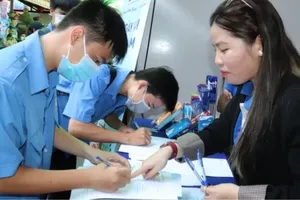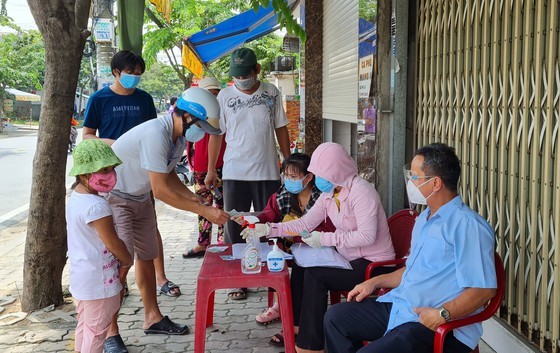
In July 2021, HCMC delivered around VND773 billion (approx. US$34 million) to aid nearly 500,000 vulnerable people. One month later, it sent out VND3,200 billion ($141 million) to about 2 million needy cases. Since the end of September, it has distributed financial aid of the third round, worth over VND7,300 billion ($323 million), to 7.3 million citizens citywide facing difficulties due to Covid-19.
Among around 10 million support receivers of three rounds, only less than 100,000 selected bank account as a way to obtain money. That so many people chose to take cash has created unnecessary pressure to state officials, some of whom have to work until 10pm just to deliver money to citizens and prepare corresponding reports to their manager.
Explaining the situation, Director of the HCMC Department of Labors, Invalids and Social Affairs Le Minh Tan said that many freelance workers and poor people in the city still own no bank account yet. In addition, when directly delivering money to them, state officials have a chance to learn more about their current living conditions to avoid mistakes in financial support distribution.
“Forcing people to open a bank account just to receive the support of VND1 million ($44) each case may become a waste since these poor people have no real need for such an account”, Vice Chairwoman of Nha Be District People’s Committee Le Thi Anh Thu.
Chairman of District 7 People’s Committee Hoang Minh Tuan Anh added that giving money via a bank account is convenient, quick, and safe. But most money receivers are not interested in this method because they have a higher need to use cash, while their habit of using the cashless payment channels has not been formed yet.
According to Associate Prof. Dr. Nguyen Duc Loc, Head of the Social Life Study Institute, HCMC now has a large quantity of informal or migrating laborers, accounting for 40-50 percent of the total workforce. In a long term, it is wiser to use bank accounts to deliver financial support to these people, along with a corresponding social security number for them to add to the city database.
This action can effectively prevent overlapping and ensure transparency, which has sadly happened in certain areas of the city during the third distribution round. Using money transfer via a bank account can also help reduce direct contact and partially relieve workload, making this process more professional and precise.
The reality has shown that it is not too challenging to switch from cash delivering to money transfer via bank accounts since the HCMC Social Insurance Agency has successfully completed a similar task of giving financial support worth over VND5,422 billion ($239 million) from the Unemployment Insurance Fund to laborers and employers lately.
Around 5 percent of eligible laborers have no bank account yet, and were carefully instructed on how to open one for future use as well. After two days, a bank account is created and these laborers can receive their card a few days later via the post.
Obviously, giving support to informal laborers is not that simple and quick as there is a lack of certain necessary personal information. However, it is not an impossible mission; and most people have experienced a high need of using cashless payment in such a pandemic and are gradually used to techniques of that convenient method.
In related news, the HCMC Social Insurance Agency has submitted a proposal to HCMC People’s Committee for pension delivery of around 235,000 retired laborers via a bank account. Those without such an account will be aided to open one. With 50,000 more people receiving pension through this channel this December, the city reaches a rate of 81 percent of pension payment using bank account.





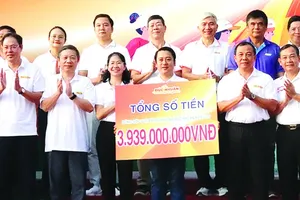

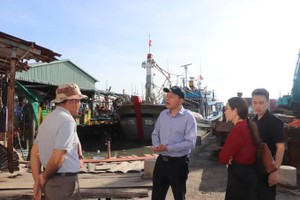
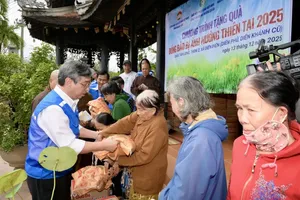


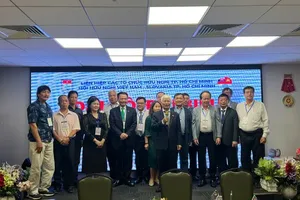

)


